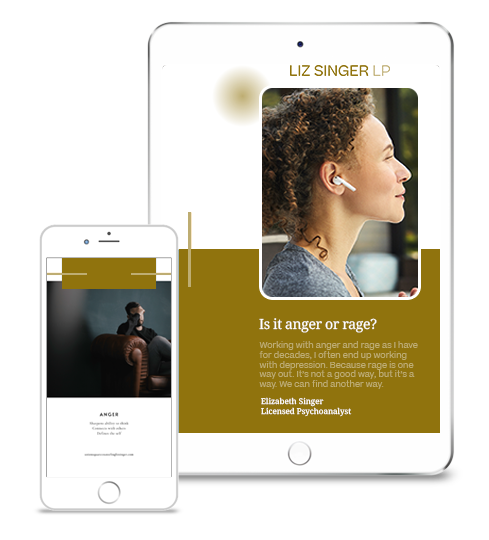A truck backfires and the babies react. Some older toddlers look toward their caregivers and calm themselves. Others seek out their moms, dads, sisters and nannies, needing the closeness of another body to calm down. A few cry. And they are swooped up, patted and shushed until the tears stop. This is interpersonal stress regulation. A child is afraid, seeks out an adult and borrows that adult’s calm. One nervous system soothes another. This is how it’s supposed to work.
Now, what if the adult nervous system is triggered by the sound of the backfire? What if Dad just returned from Iraq and the street noise puts his nervous system on high alert? The baby doesn’t learn to calm down, she learns to be afraid. Instead of regulating stress in a downward spiral toward calm, the baby’s nervous system spirals up towards fear.
This is the genesis of an anxiety disorder.
It’s also the gateway to other mental health problems like social anxiety, substance abuse and depression. An anxious child stays away from new things, including people. This makes it hard to make friends. An anxious teen might reach for a drink or a joint, and an anxious college student might start to loathe the way she feels. When researchers ask when the problems started, anxiety is always the first notch on the timeline.
What to do? First, tell the truth. “Wow, that was so loud. I got really scared just then. Let’s calm down together.” Then do whatever happy baby dance you do when your kid is upset. Words are containers for experience. Explain yourself to yourself and to your child. “Oh, that’s just mommy’s silliness about sirens,” says the 9/11 first responder to her grandchild. Of course you’ll work on your own anxiety in whatever way makes sense for your life. In the meantime, put it into words.
This post is based on findings from: Interpersonal stress regulation and the development of anxiety disorders: an attachment-based developmental framework by Nolte, Guiney, Fonagy, Mayes and Luyten. It appeared in Frontiers in Behavioral Neuroscience, September 2011, Volume 5, Article 55.
Learn more at http://www.frontiersin.org/Behavioral_Neuroscience/10.3389/fnbeh.2011.00055/abstract


